Sound Control: The Apple HomePod Review
 Monday, June 18, 2018 at 3:00AM
Monday, June 18, 2018 at 3:00AM 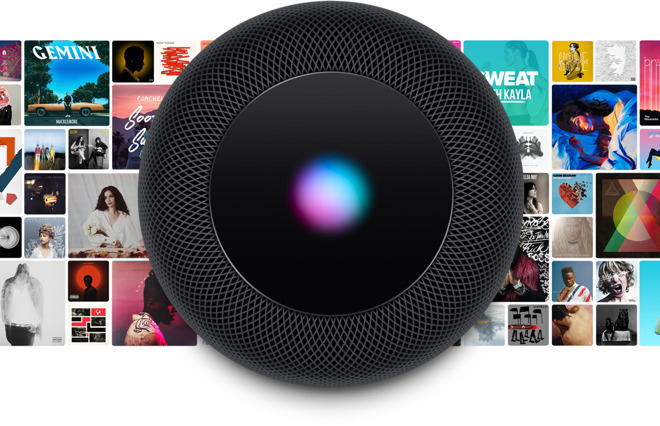 By Gadjo Cardenas Sevilla
By Gadjo Cardenas Sevilla
Apple's HomePod is one of the most mystifying products in the market today. The most recent product category from Cupertino is essentially a Siri-powered Apple Music speaker with HomeKit inclinations.
After spending time with the device, however, I discovered a choc-full of innovative features and functions aimed to delight iPhone users.
Entering a saturated market
The smart speaker market is flooded right now with smart assistant connected boxes ranging from inexpensive pucks to Hi-Fi focused setups and it seems everyone has a horse in this race.
When the HomePod was revealed a year ago at WWDC, many wondered how a more expensive and limited Siri-focused speaker would fare against the droves of Amazon Echo and Google Home speakers already shipping worldwide.
It took the HomePod six months to launch and almost a year to come to Canada. What it offers is an innovative 360` speaker with seven tweeters and one subwoofer, a microphone array all managed by an Apple A8 processor that reconfigures the best audio output on the fly. The innovation here is enabling powerful bass in such a small enclosure. HomePod is available for order now and will ship by June 21.
A statement in design
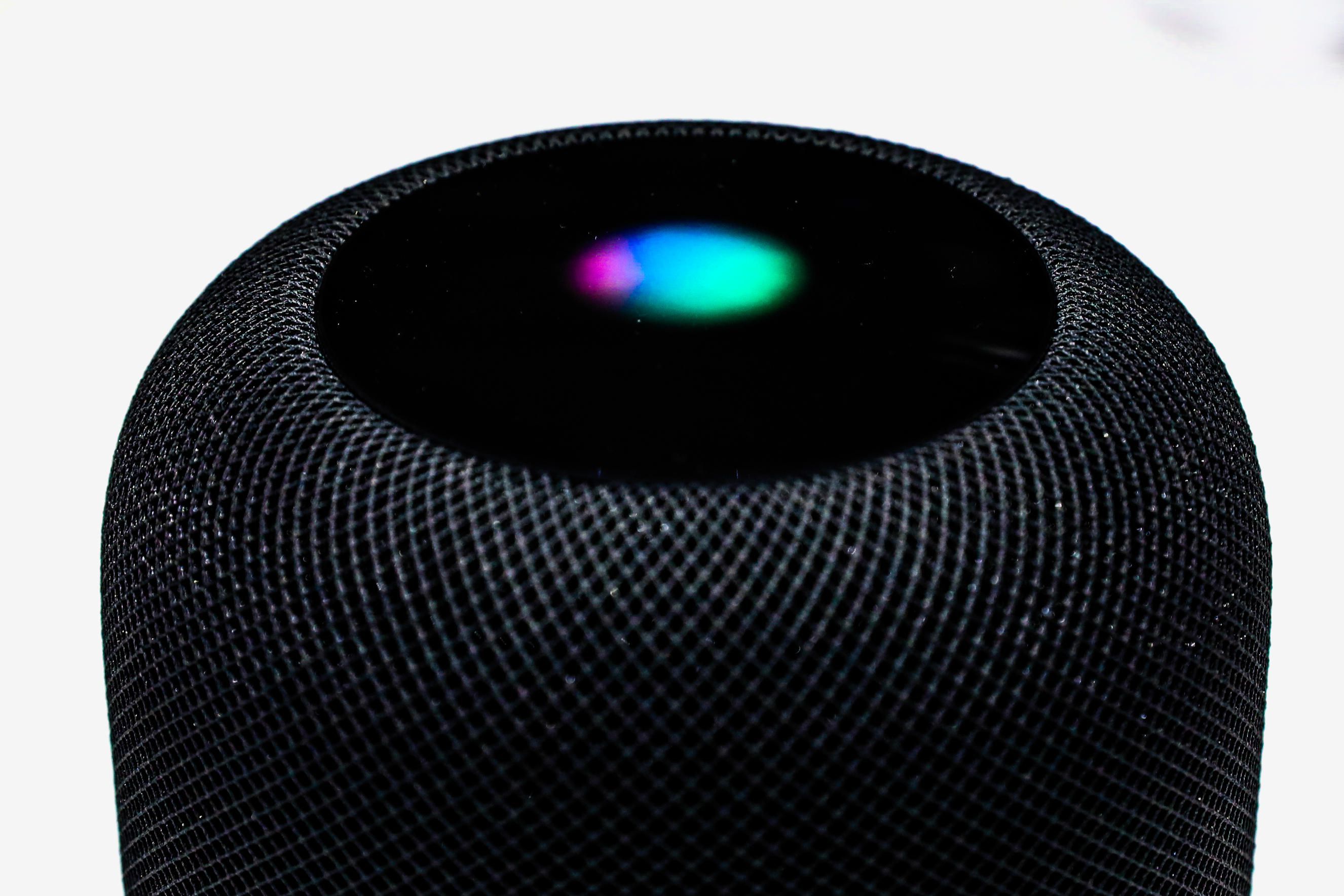
The small but dense cantaloupe shaped speaker inherits the minimalist chic design that define a lot of Apple products. Woven fabric surrounds the lavish and squat speaker, while a HAL-like circular LED display acts as a colourful visual companion to Siri’s voice.
This also serves as a pause/play button and it is flanked by subtle backlit volume up and down buttons. Most smart speaker have a light that pulses as a visual cue to receiving commands. Apple does one better with the LED display which gives the impression that there's an energy to the AI inside the speaker.
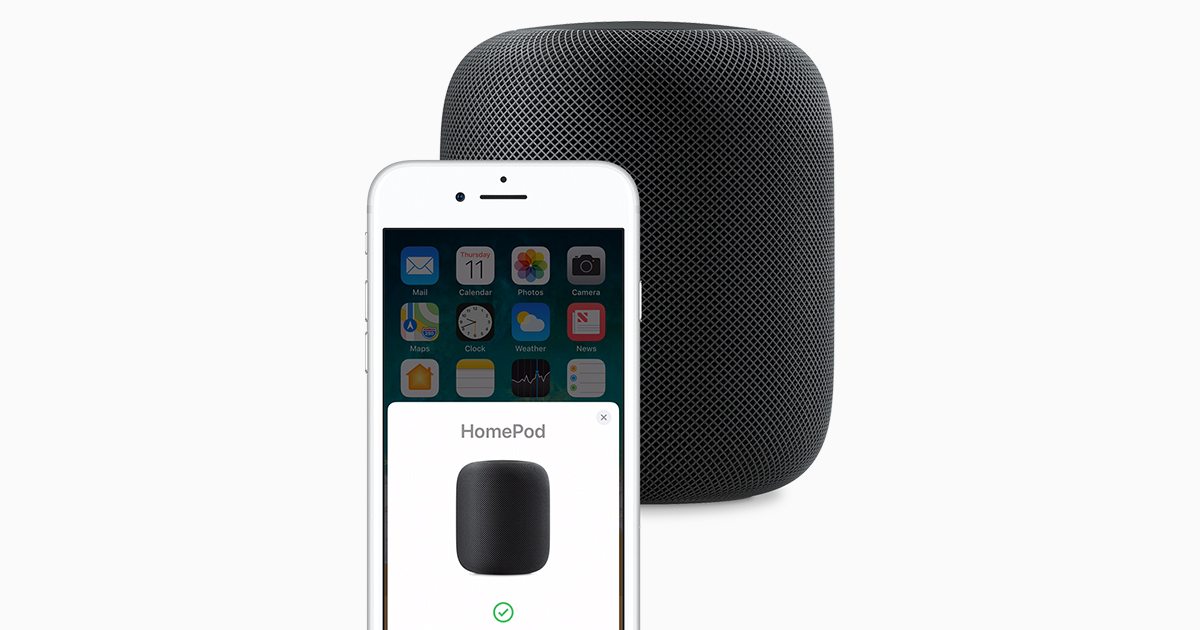
Setting up HomePod is dead easy. Bring your iPhone or iPad near the speaker and it instantly asks to be paired. A few button presses later, and it is effectively an extension of your iOS device and account. Apple has taken the simplicity and ease of use first seen on AirPods to make first-time synching dead easy.
One aspect I like about the HomePod is how easy it is just place anywhere. If I owned one, it would sit nicely in my office desk, my library at home or at the cottage. The way it is designed just makes it easy to blend in to almost any environment.
Unique features
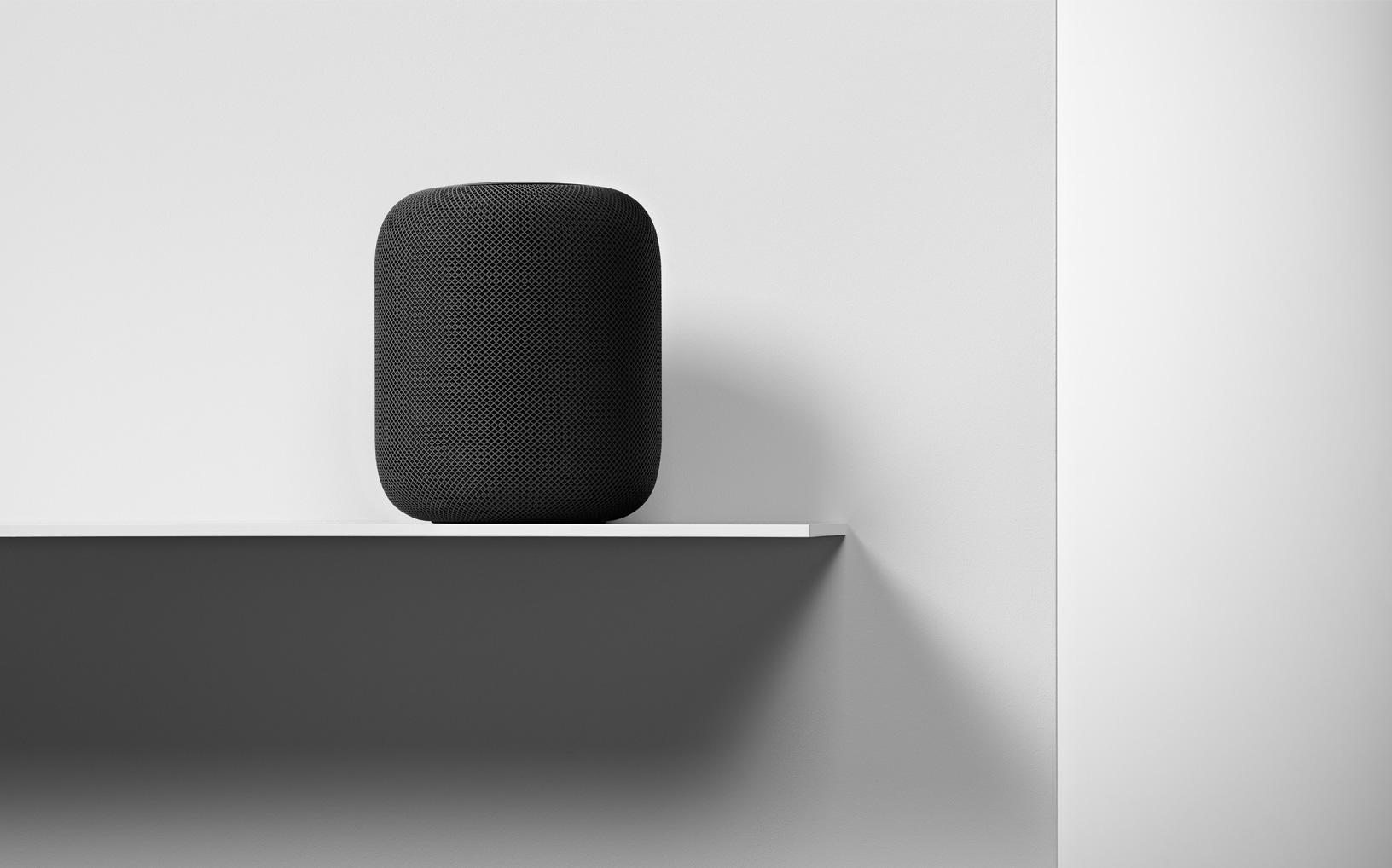
Out of the box, I found several features that set HomePod apart from the competition. When I ask for the news in the morning, Siri gives me a choice of news sources before playing back the news briefs.
I listen to various podcasts and radio shows throughout the day while working. Siri can find even the most obscure podcasts and play the latest episode. This is way easier than with other intelligent assistants which sometimes have a hard time finding podcasts.
When playing music, there are various options to like songs (to feed the curation engine), add songs to your playlists, find out more about the song or artist. I think HomePod, by Apple Music, has the best implementation of music discovery right now. HomePod stresses that the music it plays is 'just for you', meaning it is deriving analytics from my use of Apple Music as well as my decade of iTunes purchases.
The far field microphones are supposed to pick up a user's voice from a distance. I found this to be hit or miss depending on the music playing as well as the ambient noise levels.
Secure enclave
It is also good to know that voice commands and queries are all secure. They're not saved or recorded or kept in the cloud but are kept in a secure enclave. Since most of ther processing takes place on device with the A8 processor, there's less need to involve cloud computing. This is different from Alexa and Google Home which are mostly cloud-focused assistants.
Music discovery built in
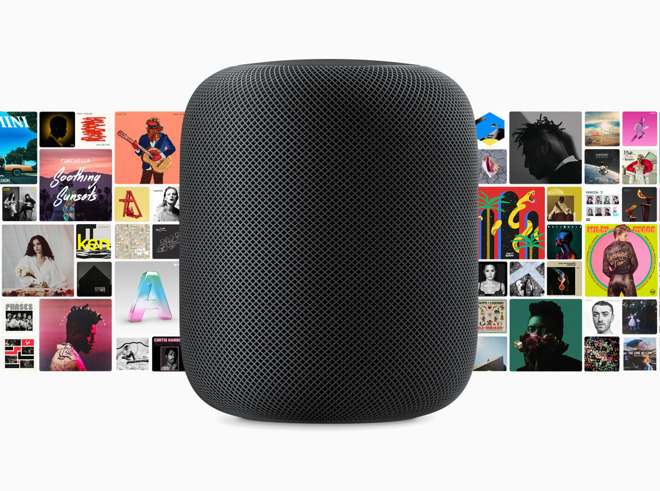
I asked my HomePod to play ‘Summer Music,’ not really knowing what I wanted (was it Beach Boys? “Summertime,” by DJ Jazzy Jeff & the Fresh Prince?). Siri introduced me to some interesting foreign smooth jams that did feel summry and brezzy. How about that. There's more to Apple Music than a huge library, various music editors go and learn about local music, emerging artists and deep catalog integration.
The HomePod’s audio quality is exceptional, specially for a speaker in this size and height. A lot of attention has been given to how music is reproduced for maximum effect.
HomePod’s unique speaker array puts vocals or lead instruments forward while distributing key elements of the music. While this seems to work better on certain songs (i.e. Led Zeppelin’s ‘Good Times, Bad Times’ sounded muddy, The Beatles’ entire “White Album” was immaculate), it does lead to appreciating music more. 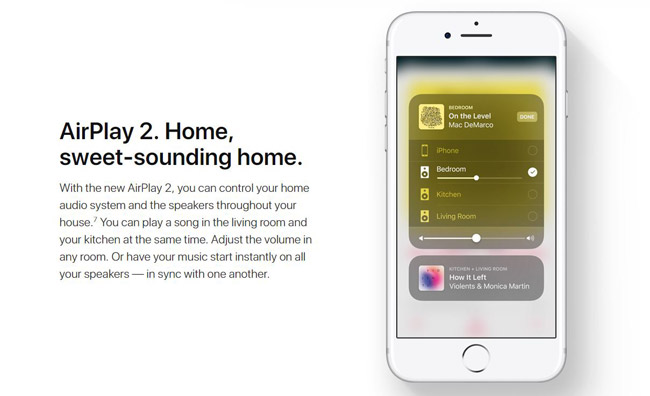
HomePod isn’t limited to Apple Music or iTunes, if you use your iPhone, you can use apps like Spotify and simply look for HomePod as an output. No Siri commands though, but at least it’s not a complete lockout.
It is clear that HomePod doesn't just play back music, but tries to optimize output taking into consideration various conditions. Just like how an iPhone's camera uses massive computational power to get the photos right, HomePod crunches music data and processes the best output it can compute.
AirPlay 2 supports multi-room speaker control not just for HomePod but for various compatible speakers.
HomePod has delivered on its promise to recreate stereo audio from one singular speaker more than any other competing speaker I have tried. Sitting six feet away with the HomePod in front of me at around 45 per cent loudness, the audio feels whole and full of no distortion on the low-end. I queued some cinematic favourites like Vangelis' original Blade Runner soundtrack and the OST of the new Incredibles 2 movie.
HomePod as a Smart Home controller
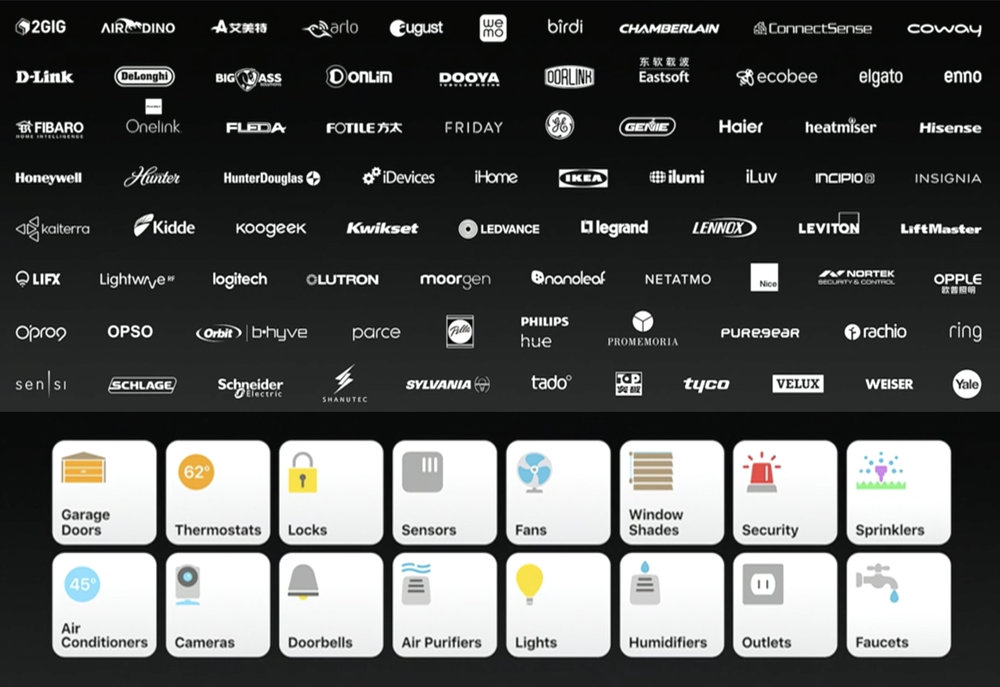
HomePod is a good option as a HomeKit device controller. Using Siri, you can turn on smart lights, control devices and create scenes (i.e. “Hey Siri, I’m Home!” will trigger thermostat and lighting changes, play a special playlist and start boiling water (via a smart plug) for afternoon tea.)
Advantages of HomeKit partner devices are that they are vetted by Apple and tested to work in the ecosystem. They are also more secure and cannot be easily hacked (a growing concern with so many connected devices in the market). That said, the market for HomeKit devices in Canada is small but growing.
Wrap up
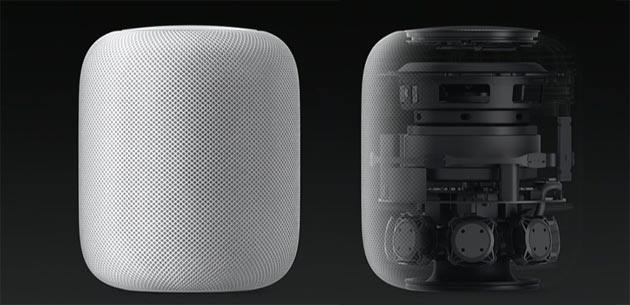
The HomePod is a great addition to the burgeoning smart speaker market and a notable first product for Apple in this space. iOS users now have a perfect music companion for their iPhones and iPads as well as a stunning conduit for HomeKit expansion. I hope Apple expands the line with smaller and larger variants in the future.
This diminutive speaker is dense with functionality and innovation and offers a lot of delightful experiences. Together with AirPods, the HomePod represents Apple at its most innovative, and also at its most daring in an entirely new product segment.
Pros
- HomePod is compact, powerful, and sounds great
- Easy to set-up, fast voice assistant response
- Siri is great for news, sports, podcasts, and for sending and reading Messages
- Good Apple Music integration
Cons
- Priced at the higher end of the spectrum
- Not advisable for non-Apple users and non-Apple Music subscribing households
- Music preferences and playlists are tied to the principal Apple account holder
- Far field microphones are hit or miss when farther than 10 feet
Conclusion
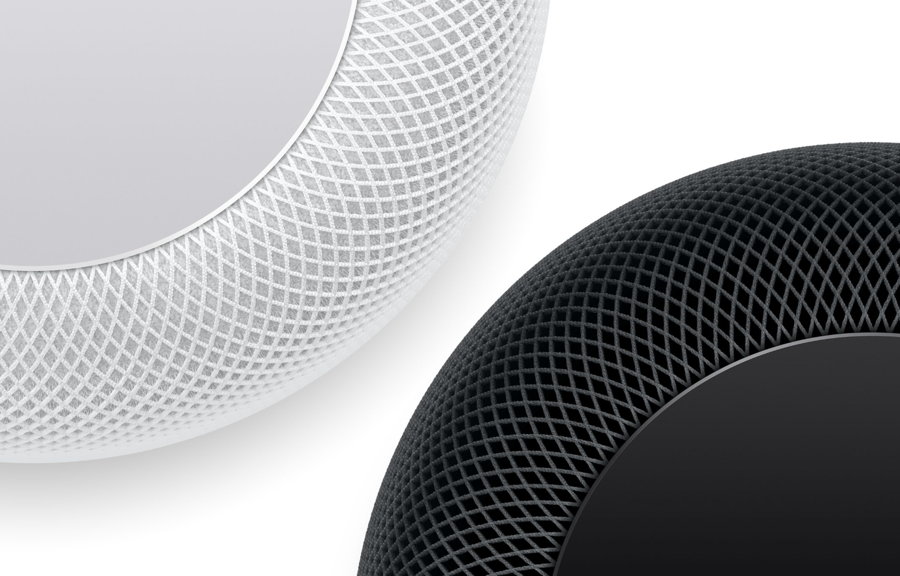
Music lovers who invest in HomePod are getting a powerful yet compact speaker that punches above its weight class and, thanks to the coming AirPlay 2 standard, has the most advanced way to handle multi-room, multi-speaker and multi-source audio playback.
Multiple-user homes or those not attached to Apple Music will be better served by a Google Home or a Sonos smart speaker which can access a wider spoectrum of streaming services via voice.
Rating: 4 out of 5




















Reader Comments